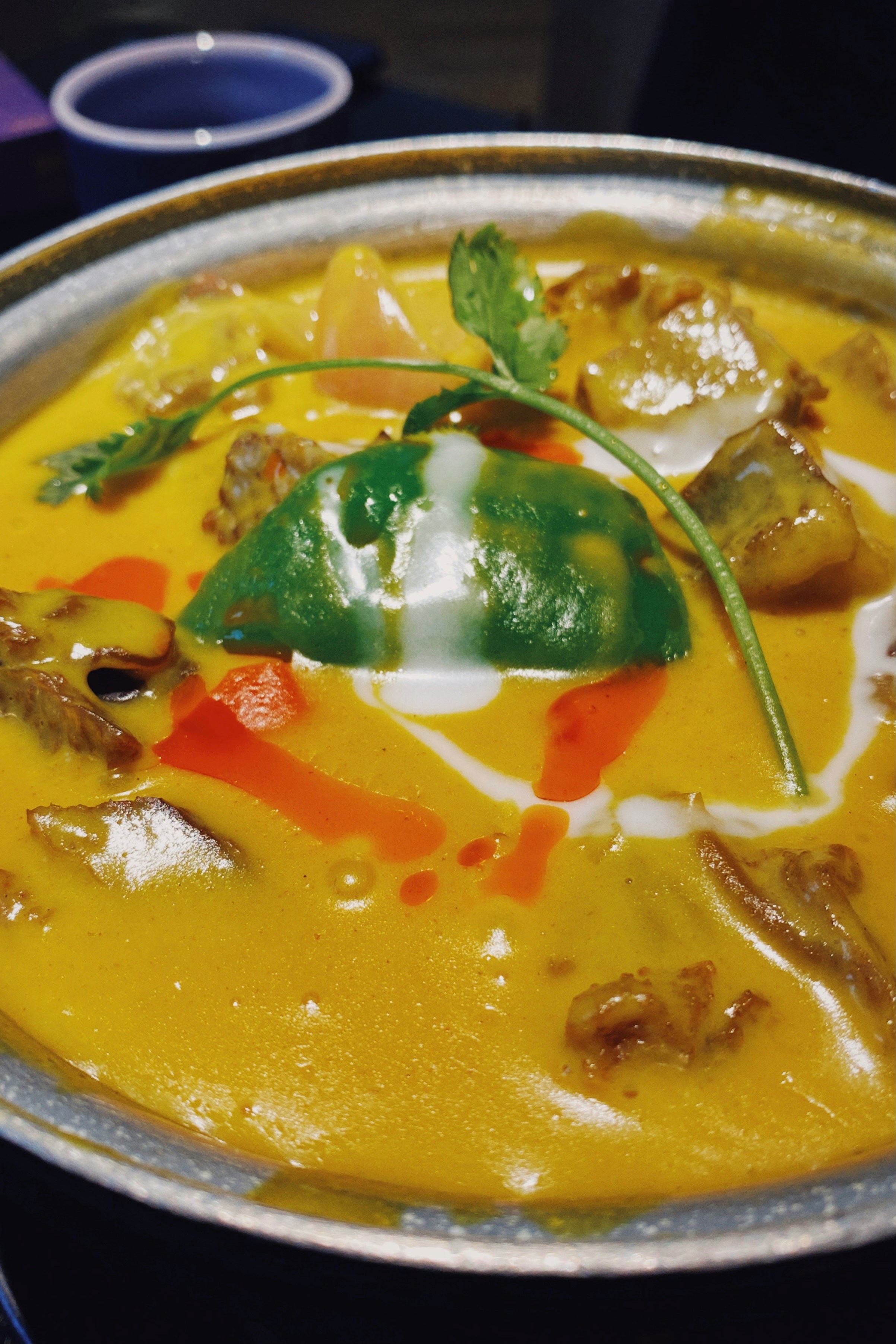
To taste traditional Vietnamese food is to trace the currents of history—salted with sea breezes, perfumed by wild herbs, and simmered in generations of memory. Across the country’s winding rivers and lush paddies, food is not merely nourishment; it’s a reflection of the many cultural dialogues that have shaped Vietnam over millennia. From the highland kitchens of Indigenous communities to the refined colonial cafés of Hanoi, each bite tells a story that is at once deeply local and strikingly global.
This is a cuisine where lemongrass meets French baguette, where Chinese five-spice mingles with turmeric and dill, and where balance—between hot and cold, sweet and sour, texture and temperature—is not just desired but essential. The result is a food culture that is impossibly layered, yet somehow always harmonious.

A Foundation in Indigenous Foodways: Traditional Vietnamese Cuisine
Long before colonial borders were drawn or trade routes carved through the region, the earliest inhabitants of what is now Vietnam cultivated a cuisine rooted in the land. Indigenous food traditions—particularly among ethnic minorities in the Central Highlands and mountainous north—continue to shape the culinary landscape in powerful, if often underrecognized, ways.
Staples like sticky rice, freshwater fish, forest herbs, and wild mushrooms appear in traditional dishes that vary from region to region. Techniques such as cooking in bamboo, fermenting fish, and using banana leaves as both wrapper and flavor enhancer have been passed down over generations. Even today, foraging plays an important role in rural food culture, with seasonal greens like rau răm (Vietnamese coriander) and ngo om (rice paddy herb) appearing in everything from soups to salads.
This indigenous backbone of Vietnamese cuisine emphasizes freshness, seasonality, and an intrinsic respect for nature’s rhythms—a philosophy that still defines much of the country’s cooking today.
Chinese Influences: The Art of Harmony and Heat
More than a thousand years of Chinese rule left a deep imprint on Vietnam’s culinary tradition, especially in the north. Techniques like stir-frying and braising, as well as ingredients such as soy sauce, tofu, star anise, and rice noodles, found a permanent home in Vietnamese kitchens.
You can taste this legacy in dishes like pho, which although wholly Vietnamese in identity, bears the structure of a Chinese-style beef noodle soup—clear broth, tender meat, and delicate rice noodles. The emphasis on yin and yang, or the balance of heating and cooling ingredients, also reflects Chinese medicinal food theory, which continues to guide Vietnamese home cooking and traditional recipes.


French Colonialism & French Food Vietnam: Bread, Butter, and Bone Broth
Perhaps the most visible foreign influence on Vietnamese cuisine is the French colonial era, which introduced ingredients and techniques that were quickly absorbed—and transformed—by local chefs.
The banh mi, with its airy French baguette filled with pickled vegetables, pâté, and fresh herbs like cilantro, is the poster child of this fusion. In Hanoi, colonial villas still house cafés where coffee drips slowly into glasses of condensed milk, another colonial contribution that has become synonymous with daily life in Vietnam.
French culinary foundations also helped formalize broth-based dishes. The slow-simmered elegance of pho broth—bones boiled for hours with charred onion and ginger—feels akin to a classic French stock, but with spices and herbs that tell an unmistakably Vietnamese story.
.
Indian and Southeast Asian Currents: Spice and Syncretism
Trade routes that once linked India, Malaysia, and Indonesia to the coastlines of Vietnam brought more than silk and ceramics—they carried the flavors of cardamom, turmeric, tamarind, and cumin.
While not as dominant as Chinese or French influence, the Indian and Southeast Asian imprint is notable in central and southern Vietnamese dishes. Curries in the Mekong Delta often feature coconut milk and turmeric, reminiscent of Thai and Indian preparations but toned down in heat and layered with Vietnamese herbs. Dishes such as cà ri gà (Vietnamese chicken curry) straddle these regional lines, offering spice without overpowering subtlety.
This blending of influences reflects Vietnam’s openness to adaptation—a country that absorbs new ideas but always filters them through a local lens.



A Cuisine Defined by Balance and Resilience
If there’s one principle that unifies all traditional Vietnamese cuisine, it is balance. Each dish seeks equilibrium—between spicy and mild, crunchy and soft, warm and cool. This is evident in the humble goi cuon (fresh spring rolls), where cool rice paper cradles grilled pork, crisp herbs, and rice vermicelli, dipped into a peanut-hoisin sauce that’s salty, sweet, and earthy.
It’s also seen in the country’s reverence for herbs. A meal is incomplete without a heaping plate of mint, basil, sawtooth coriander, and perilla leaves, meant to be added at will to soups, meats, and noodles. These fresh elements lighten rich flavors and speak to Vietnam’s deep agrarian roots.
Where the Past Meets the Plate: Your Journey Through Traditional Vietnamese Food
On our small-group journeys through Vietnam, guests are invited to step inside this living culinary narrative. We dine with local chefs who learned their craft in family kitchens, visit markets where French and Chinese influences still linger in the spice stalls and street food, and wander riverside towns where fishing culture and ancient foodways endure.
In Hanoi, taste the contrast of crisp cha ca (turmeric-marinated fish with dill) and the tang of pickled vegetables. In Hue, learn how imperial cuisine influenced refined presentations and 12-dish feasts. In Hoi An, take part in a market-to-table cooking class that bridges centuries of cultural exchange.
Vietnam’s food is its history, its geography, its soul. Every meal is a window into the country’s layered identity—indigenous and cosmopolitan, delicate and bold, traditional and ever-evolving.

301 REDIRECT Inspired Tour: Luxury Small Group Tour in Vietnam




